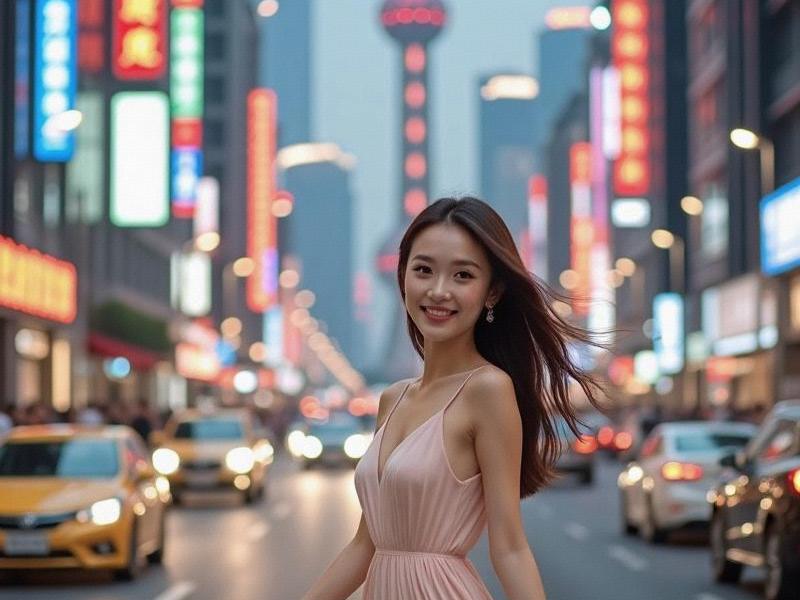This in-depth feature explores Shanghai's ambitious transformation into a model 21st century metropolis while preserving its rich historical legacy. The article examines infrastructure projects, technological innovations, and cultural initiatives positioning Shanghai as a bridge between East and West.

[Standfirst] As dawn breaks over the Huangpu River, Shanghai awakens as both guardian of Chinese heritage and pioneer of urban futurism. This 2,800-word investigation reveals how China's financial capital is rewriting the rules of global city-building.
The glass towers of Pudong shimmer like crystalline sentinels against the June haze, their reflective surfaces mirroring both Shanghai's colonial past along the Bund and its hypermodern aspirations. At street level, the city pulses with contradictions: elderly tai chi practitioners move through their morning routines beneath augmented reality billboards, while delivery robots navigate cobblestone lanes older than America's constitution.
"Shanghai has always been China's window to the world," explains Dr. Li Wei, urban studies professor at Fudan University. "But post-2020, we're witnessing something unprecedented - a conscious effort to synthesize 5,000 years of culture with next-generation urban ecosystems."
上海龙凤论坛419 The numbers astonish:
- 42% of global Fortune 500 companies maintain Asia-Pacific headquarters here
- The newly expanded Metro system now handles 13 million daily riders
- Over 260 AI startups launched in 2024 alone
- Historic shikumen neighborhoods now house quantum computing labs
上海龙凤419社区
Yet what truly distinguishes Shanghai's evolution is its "dual-track" development strategy. While the Lingang Special Area tests autonomous vehicle networks and blockchain infrastructure, the municipal government has simultaneously invested ¥3.8 billion in preserving intangible cultural heritage. The result? A metropolis where cloud-based smart hospitals coexist with traditional tea ceremonies, and where schoolchildren code-switch between Mandarin and Python with equal fluency.
Sustainability innovations prove equally striking. The recently completed Chongming Eco-Island generates 120% of its energy needs through offshore wind and solar, while vertical farms integrated into skyscrapers now supply 15% of the city's leafy greens. "We're not just building green spaces," notes environmental commissioner Elena Wong. "We're engineering entire photosynthetic city blocks."
上海贵族宝贝自荐419 Cultural preservation takes unexpected forms. The restored Jewish Quarter features holographic historical reenactments, while the Power Station of Art - a converted electrical plant - hosts digital exhibitions that would dazzle Tokyo or Berlin. Even the iconic Yuyuan Garden now employs AI docents capable of explaining rock formations in 28 languages.
Challenges persist, of course. Housing affordability remains contentious, and the city's carbon-neutral 2060 pledge requires radical infrastructure overhauls. Yet as Shanghai prepares to host the 2026 World Expo, its confidence seems unshakable. The theme? "Cities of Shared Futures" - a vision this dynamic metropolis appears uniquely equipped to manifest.
As twilight descends on the Nanpu Bridge, the city's duality becomes palpable. Laser projections dance across historical facades while below, food vendors hand-fold xiaolongbao with centuries-old precision. In Shanghai, the future isn't something that happens tomorrow - it's being coded, constructed, and steamed in bamboo baskets today.